S4E00 - Early Hollywood Camera Movement with Patrick Keating
Photo Courtesy the Academy of Motion Picture Arts and Sciences
How Would Lubitsch Do It returns for a fourth season! It’s an exciting time for Ernst Lubitsch and, therefore, the podcast: this season, we’ll be covering the years between the introduction of synchronized sound in Hollywood and the establishment of the Production Code Administration in 1934. Ahead of us lie the years of Lubitsch’s greatest influence in Hollywood: by the end of this season, he’ll have gone from a prominent silent film director to being the first (and only!) director to have ever been given the reins of a major Hollywood studio. In between lie many of his greatest and most celebrated works.
Aside from our film-by-film coverage of Lubitsch’s work in this period, this season will feature a number of experts in the field of early sound cinema who have lent their time and knowledge so as to help paint a clearer picture of the evolving state of both technology and artistry in Hollywood cinema throughout this era.
The first of these guests is Patrick Keating, professor of Communication at Trinity University and author of Hollywood Lighting from the Silent Era to Film Noir as well as The Dynamic Frame: Camera Movement in Classical Hollywood, among others. In this episode, Patrick and I discuss the history and ideology of early camera movement: why do directors choose to move, and how do they theorize the motivations behind this movement? We also discuss the dimensions of visible labor behind camera operation, the many differences between dollies, cranes, gimbals, and steadicams, aspect ratio shifts, and the many misconceptions floating around regarding early film camera movement.
Edited by Griffin Sheel.
NEXT WEEK:
Ursinus College professor Jennifer Fleeger joins us to discuss THE LOVE PARADE. For details as to where to find this film, check out our resources page.
WORKS CITED:
Hollywood Lighting from the Silent Era to Film Noir by Patrick Keating
The Dynamic Frame: Camera Movement in Classical Hollywood by Patrick Keating

